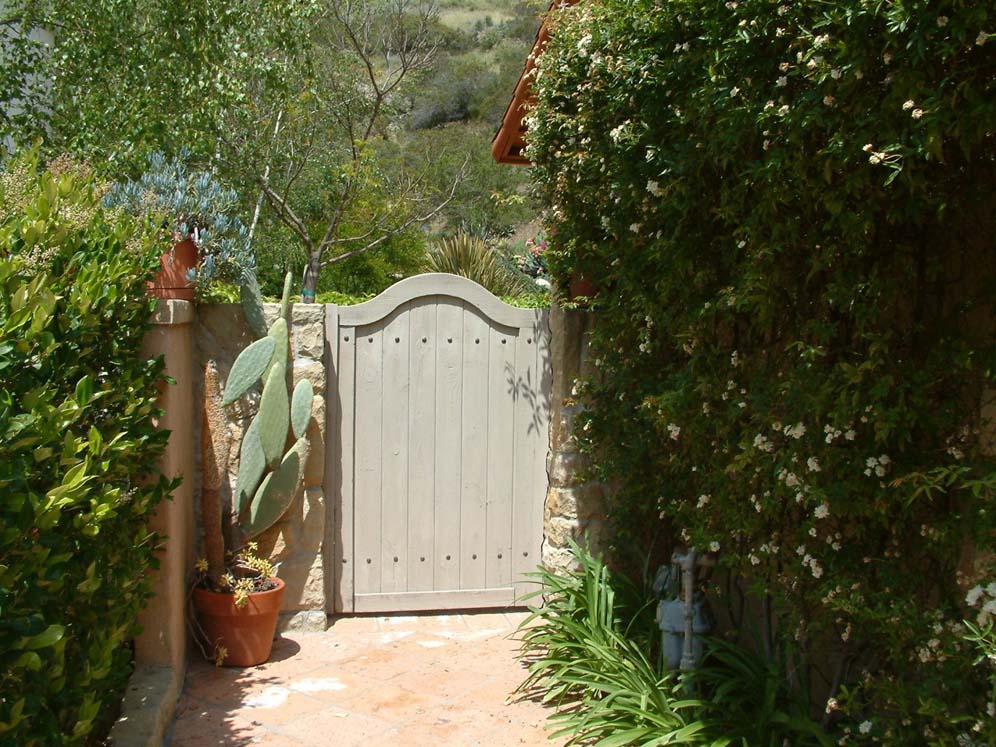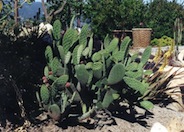
Common name:Mission Fig
Botanical name:Opuntia ficus-indica
This Opuntia is more tree-like than other types; it grows to15' tall. It usually has no spines but some glochids can be found. Flowers are yellow to orange in late spring and early summer. Fruit is edible. It does best in full sun and is frost sensitive. It needs well drained soil. The major pest and source of the red dye cochineal comes from a scale.
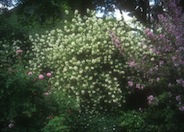
Common name:Double Flower Mock Orange
Botanical name:Philadelphus 'Virginal'
Philadelphus X virginalis is a deciduous shrub. It grows 6'-8' tall. It has white fragrant, 4-petaled, 1"-2" wide, double flowers that bloom in late spring or early summer. This is a large vigorous plant with a fountain-like form. The foliage is a medium green color.
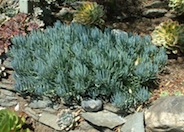
Common name:Kleinia
Botanical name:Senecio mandraliscae
This succulent perennial will grow to about 1.5' tall and 2' wide. It has curved, bluish gray leaves that are about 3.5" long and very slender.
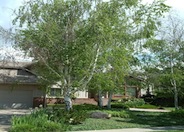
Common name:White Birch, European White Birch
Botanical name:Betula pendula
This medium-size weeping tree will grow to about 40' tall and has a whitish/brown bark with deciduous green leaves.

Common name:Lily of the Nile
Botanical name:Agapanthus praecox ssp. orientalis
This evergreen groundcover/shrub will grow about 3' tall and has large green leaves with blue flowers ( there is also a white variety) that bloom in spring and summer. It will grow in all soils but prefers loam soil.
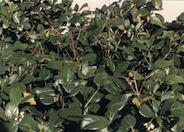
Common name:Sandankwa Viburnum
Botanical name:Viburnum suspensum
This broad-spreading evergreen produces dense, glossy foliage that is 4" long and oval in shape. Open, loose clusters of white flowers with a rose tint bloom in spring and summer. This shrub serves as a good specimen, hedge, or screen. This variety should be grown under sun or partial shade.
Pest Management
Are pests bugging you? If pests are taking over there might be a good reason! Instead of grabbing that bottle of spray, consider using techniques that can solve your pest problems without toxic pesticides.
Click in the green box for more information
| Designer: | Western Back Gate |
Photographer: GardenSoft |
Soils and Compost:
Physical weed control, including mulching, or hand removal protects the watershed from harmful chemicals.
Water Saving Tip:
Mulching and adding compost to soil can minimize evaporation and help soil absorb and store water.
Integrated Pest Management:
Remove irrigation water and fertilizer from areas where you don't want weeds to grow.
